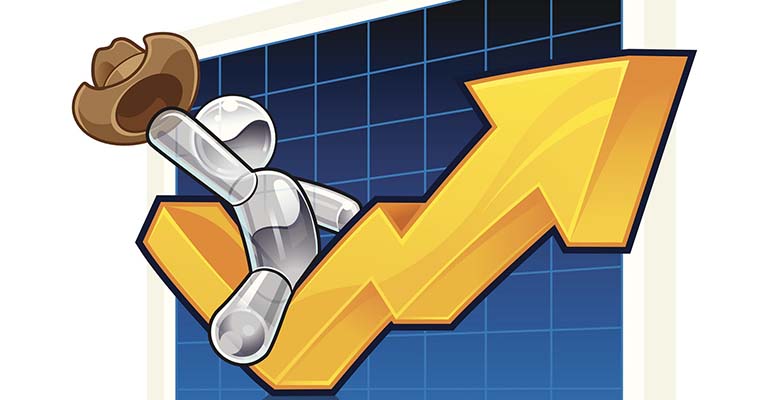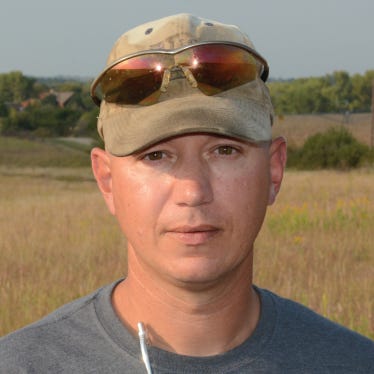December 11, 2020

There are many similarities between raising kids and raising cattle. This week I received news about a little girl whose test scores skyrocketed this year. She had been in the top of her class, but last year was a struggle for her. The very short version is she was in about as bad a situation as it can get for her age group. This year her school has a new principal and she has a different classroom teacher. The structure and discipline changed the environment.
Last year the teacher couldn’t handle this class. It was like a load of long-haul high-risk calves that the grow yard had no idea how to handle. The teacher gave up and just went through the motions until the COVID-19 shut down last spring. This is like putting the cattle in the pen thinking they will find the drinker on their own and I’ll be by later to feed you, but never paying attention if the cattle are getting the three essential things they need, which are eating, drinking, and exercise. This results in some cattle laying down in the back of the pen waiting to die, while others take to bullering. The result is some will die, some will become cronics, and some will get by.
That is what happened with this class. The teacher didn’t set boundaries and there is that one student that makes a mess of everything. We’ve all had that one in a pen, the high headed one that blows up and causes the other cattle to get all wound up too. This is where stockmanship comes in, we have to settle these cattle, and get their minds right, so they will trust us and respect us. Cattle that don’t trust us won’t show they are sick, they suck it up when they see us coming. Same way with a kid, if they don’t trust you they won’t tell you there’s a problem.
If we can do a good job settling cattle and get them started right our percentage up pulls goes down, causing our death loss to go down, and just like this girl’s test score went up, the rate of gain will go up.
Consider the environment
I am a firm believer our environment has more to do with who we are than our DNA. Let me explain. For example, we have a baby born in the Sandhills of Nebraska, and the day after it's born we fly it to China where it’s adopted. That baby will grow up speaking fluent mandarin and can use chop sticks to pick up anything. If that child were to grow up in the Sandhills it could do neither of those things. It’s the same kid, same DNA, different environment.
Along that thought we can buy some of these rougher looking calves, handle them better and give them better nutrition, and we can bloom them into a desirable animal that other buyers would be happy to bid on. Or that one crazy one that bounces off the fences and bloodies its nose. If you have the skill to work with an animal like that and teach it to take some pressure and teach it that life doesn’t have to be like that, you can take a problem child and turn it in to an honor student(you might want to be sure to have a good enough fence too).
Sometimes improving environment means switching pens. I’ve had cattle that weren’t performing up to par in one pen, so I flip flop them with another pen and then they start doing better. I have not figured out why this is, I just know sometimes it works.
Sometimes we have some in a pen that aren’t doing as well as they should and just a quick simple sort is all it takes to get them to bloom up. Depending on the ones you sort off and what your plans for them are could mean they are getting expelled, going to a special needs classroom, or moving to an accelerated program.
Sometimes the problems run deeper than these issues. Maybe we have a manager or a pen rider that needs to hit the road in order to improve the environment.
An environmental factor we can’t control is the weather. Lately it has been very pleasant, and the cattle have not been through any weather challenges. We can control what the cattle eat so right now we have to be careful not to let them get to fleshy, or we will end up taking a discount at saletime.
Keep your focus
To close this part out in order to improve the environment it's important to remember not to focus too much attention on the issue, or problem, but to pay attention to what it is the cattle need and be sure they are getting that.
This week the markets were lower, and there was a shift in the Value of Gain (VOG). Four and eight weight steers, and seven and eight weight heifers were the hot tickets. This is where the VOG peaked and were about the only weights that covered the Cost of Gain (COG).
When I calculated the VOG on these markets it was easy to see why it eroded this week. Dominant buyers were buying based on dollars per head instead of VOG. A 610-pound steer brought the same dollars per head as a 690-pound steer. That 80-poud difference wasn’t worth anything and as a result it squashes the VOG
At regional stockyards unweaned cattle were 10 back this week. Those auctions had some volume of bawlers which supported the price. At the smaller local auction barns the discount was higher. This is because most of the cattle are weaned and a bawling calf in those markets doesn’t fit the mold.
Feeder bulls were 13-to-20 back.
Geographical spreads are a factor right now. A several hour truck ride can make, or save you thousands of dollars per load, depending on which side of the transaction you’re on. Southern markets are greatly undervalued compared to plains markets
I mentioned above the discount for fleshy animals, and I know some of you are thinking, buy that discounted fleshy one and shrink it and make some quick easy money. Be sure the discount and the slide are steep enough for this to be worth your time.
About the Author(s)
You May Also Like






